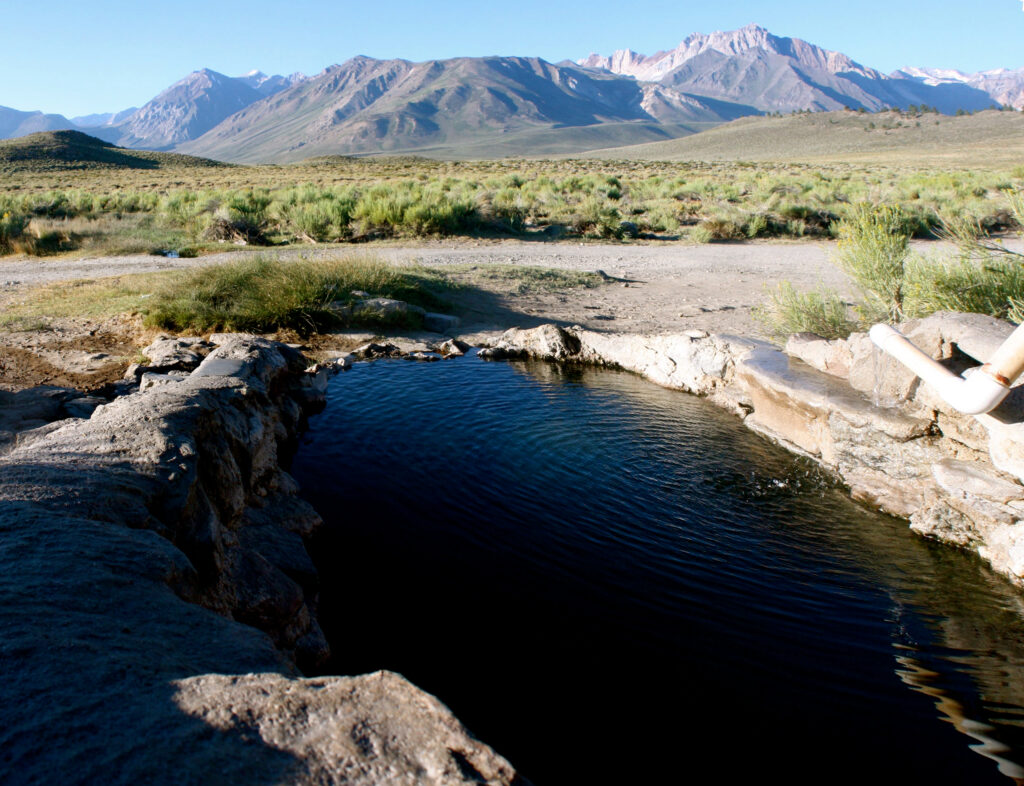Environmental Health
Naegleria fowleri
What is Naegleria fowleri?
Naegleria fowleri is an ameba that is found in warm fresh water such as lakes, rivers and hot springs. The amebae are more likely to live in sediment at the bottom of lakes, ponds, and rivers, therefore people should avoid digging in, or stirring up the sediment in shallow, warm fresh water. Naegleria fowleri infects people when water containing the ameba enters the nose when people go swimming, diving, or when they put their heads under fresh water in lakes, rivers, or hot springs. The ameba then travels up the nose to the brain, where it destroys the brain tissue and causes an infection called Primary Amebic Meningoencephalitis (PAM). PAM is almost always fatal. Naegleria fowleri infections may also happen when people use contaminated tap water to cleanse their noses and in very rare instances, people have gotten Naegleria fowleri infections from recreational water that didn’t have enough chlorine in it, such as pools, splash pads, or surf parks. People cannot be infected with Naegleria fowleri by drinking contaminated water.
Where is Naegleria fowleri found?
Naegleria fowleri may be present in any freshwater body in the United States, regardless of the state, especially during the warmer months of July, August, and September. It is a heat-loving organism that grows best at high temperatures up to 115°F and can survive for short periods at even higher temperatures. Scientists have tested water temperatures from lakes and rivers linked to some PAM cases, and the temperatures have usually been higher than 80°F. However, it is possible that the ameba may live in water with a temperature below 80°F and it can be found in lake or river sediment at temperatures well below where one would find the ameba in the water.
The ameba can be found in:
- Warm fresh water, such as lakes and rivers
- Geothermal (naturally hot) water, such as hot springs
- Warm water discharge from industrial or power plants
- Untreated geothermal (naturally hot) drinking water sources
- Swimming pools, splash pads, surf parks, or other recreational venues that are poorly maintained or don’t have enough chlorine in them
- Tap water
- Water heaters
- Soil, including sediment at the bottom of lakes, ponds, and rivers
Naegleria fowleri is not found in salt water, like the ocean.


How common are Naegleria fowleri infections in the United States?
Naegleria fowleri causes PAM, a brain infection that destroys brain tissue. Naegleria fowleri infections are rare. Between 2013 and 2022 a total of 29 infections were reported in the United States despite millions of recreational water exposures each year. Because PAM is so rare, and the infection progresses so quickly, effective treatments have been challenging to identify.
What are the symptoms of Naegleria fowleri infection?
In its early stages, symptoms of PAM usually start about 5 days after infection, but they can start within 1 to 12 days. Symptoms may be similar to symptoms of bacterial meningitis and may include:
- Headache
- Fever
- Nausea
- Vomiting
Later symptoms can include:
- Stiff neck
- Confusion
- Lack of attention to people and surroundings
- Seizures
- Hallucinations
- Coma
After symptoms start, the disease progresses rapidly destroying brain tissue and causing brain swelling which usually results in death within about 5 days (but death can happen within 1 to 18 days).
People should seek medical care immediately whenever they develop a sudden onset of fever, headache, vomiting, or stiff neck, particularly if they have been in warm fresh water recently.
Is there a routine rapid water test for Naegleria fowleri?
There isn’t a test that can be done quickly. It can take weeks to perform an environmental investigation and identify the ameba in water. Naegleria fowleri is naturally occurring in fresh water and previous water testing has shown that Naegleria fowleri is commonly found in freshwater bodies. Though the risk is low, recreational water users should always assume there is a risk for infection whenever entering warm fresh water.
What swimming behaviors have been associated with Naegleria fowleri infection?
Behaviors associated with the infection include diving or jumping into the water, putting the head under water, or engaging in other activities that cause water to go up the nose. Since the amebae are more likely to live in the sediment at the bottom of lakes, ponds, or rivers, swimmers should also avoid digging or stirring up the sediment.
If you choose to swim, you can reduce your risk of infection by trying to prevent water from going up your nose.
- Avoid jumping or diving into bodies of warm fresh water, especially during the summer.
- Hold your nose shut, use nose clips, or keep your head above water when in bodies of warm fresh water.
- Avoid putting your head under water in hot springs and other untreated geothermal waters.
- Avoid digging in, or stirring up, the sediment in shallow, warm fresh water.
For more information about Naegleria fowleri, click here


